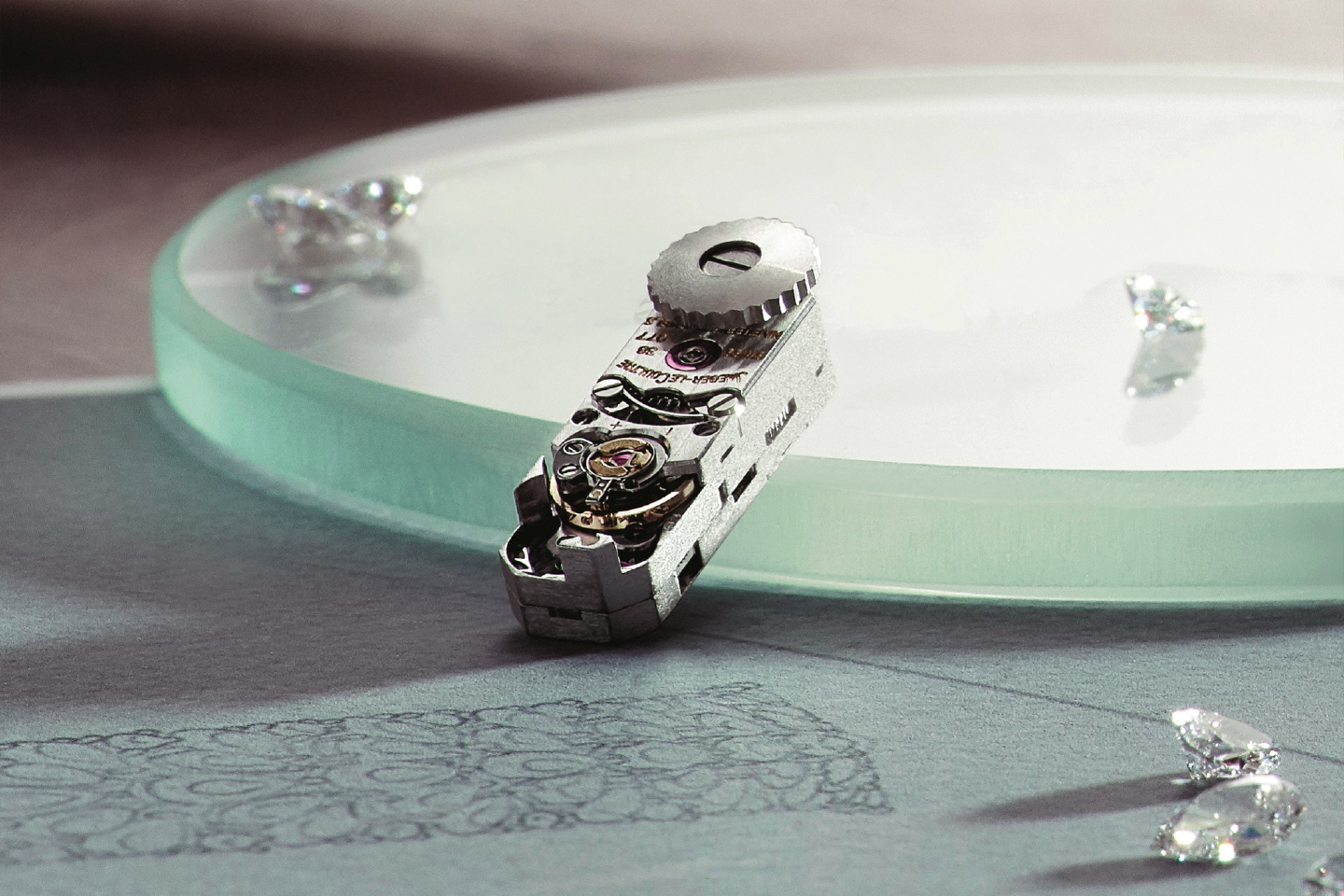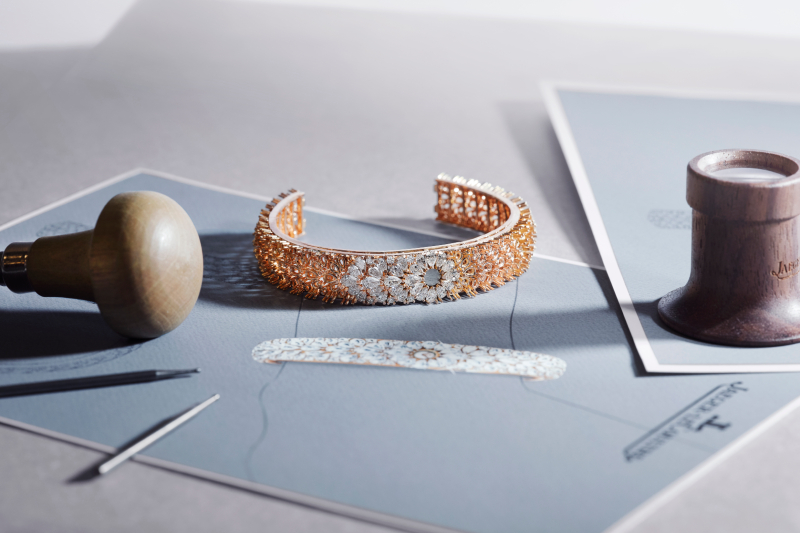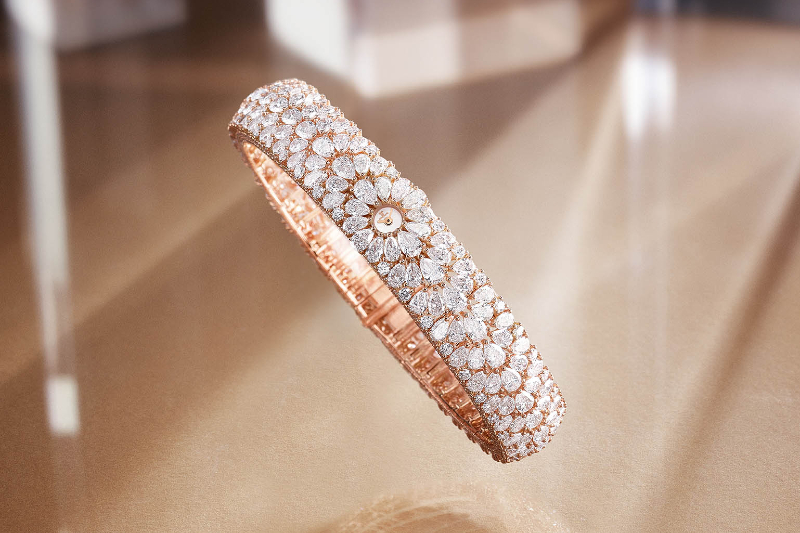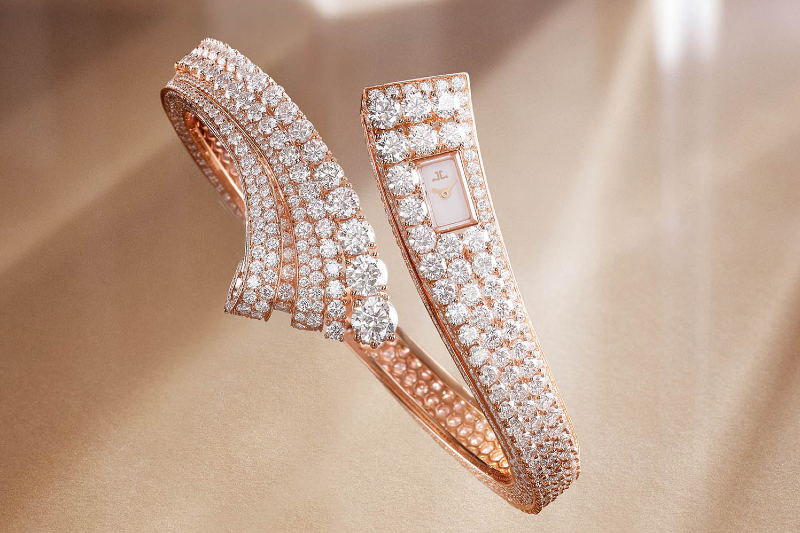
The Calibre 101 is now in its fourth generation, comprised of just 98 parts (All photos: Jaeger-LeCoultre)
The year 1929 made the annals of history for numerous events. The Wall Street Crash marked the end of the Roaring Twenties and the beginning of the Great Depression. The Vatican gained independence from Italy, the first Monaco Grand Prix and Academy Awards were hosted, and Charles Leiper Grigg invented the 7-Up soft drink. And in a quiet watch manufacture tucked away in the verdant Vallée de Joux, Jaeger-LeCoultre created the smallest movement in the world, the Calibre 101.
Miniaturisation held a keen interest for the watchmaking world from the late 19th century onwards, propelled by the challenge of ensuring reliability while transposing the function of clocks onto wrists. Swiss manufacture Jaeger-LeCoultre led the vanguard in this movement, building the foundation of horological advancements to come with the likes of the 1 cm2 LeCoultre Calibre 6EB of 1908. The Calibre 101 was the culmination of the maison’s mastery of micro-mechanical engineering, comprising just 78 components.
That same foundation lives on 91 years later with the Calibre 101, now in its fourth generation and one of the oldest movements in the world in continuous production. Only 20 additional components have been introduced over the decades for greater precision, each tailor-made to fit into the impossible dimensions of 14mm x 4.8mm x 3.4mm.
jlc-savoir-faire-cal.101-7-2_1.jpg

Weighing in at not even a gram, its svelte architecture is made possible with a dual-layer construction rather than the traditional single-plane setting. It is a powerhouse considering its diminutive proportions, the balance wheel oscillating at 21,600 vibrations per hour (3Hz) and the mainspring capturing and releasing 33 hours of autonomy. So exacting is its assembly that just a handful of watchmakers at the manufacture have mastered the necessary skills to work at such a microscopic scale, limiting the number of timepieces that can be produced each year.
“The essence of the original calibre remains the same,” says Jaeger-LeCoultre CEO Catherine Rénier during the regional preview of the Calibre 101’s 2020 novelties. “It is fantastic working with the original calibre from 1929, which showcases our expertise in the art of watchmaking and jewellery making. The current generation is more advanced in jewellery setting and work of gold than previous expressions, but the key difference in the calibre is the improved technologies and hand techniques used in component production.”
Excavating the unnecessary in the calibre frees timepieces from their typical aesthetics and allows for daintier designs than have ever been seen on wrists, including those of the aristocracy and nobility. For her coronation in 1953, for instance, Queen Elizabeth II wore a glittery circlet of diamonds fitted with the Calibre 101 that French President Alfred Lebrun had gifted her as a princess. Two new models recapture that glamour with the jewellery-led 101 Snowdrop and 101 Bangle. Timepieces are traditionally designed case-first, but the artistic team worked from the pink-gold bracelet in, styling the icy gems first and then integrating the cases and movement into the design.
jaeger-lecoultre-snowdrop-101.jpg

Named after the white bell-shaped flowers that bloom through the snow blanketing the Jura mountains in winter, the 101 Snowdrop exudes delicate femininity with a ring of 204 pear-shaped diamonds forming a flower around the dial. Waves of brilliant-cut diamonds replicate petals to fashion the bracelet, a griffe setting pushing the precious metal into the background so light pierces the stones from every angle.
This creates an illusion of suspension, so the sparkle of the 904 diamonds — 20.9 carats in total — appears to float around the wrist. Gem-setting on this piece alone required 130 hours of work by the manufacture’s jewellery artisans, with the bracelet’s structure supported by two gold bands, each grain-set with diamonds. The linear setting technique sees tiny beads of gold summoned from the metal’s surface and worked over each stone to secure it. Time is told on the silvered opaline dial residing within the 18.35mm x 5.98mm case.
The 101 Bangle bears the same case proportions but speaks its own visual language with the dial and diamonds. Its inspiration is rooted in the graceful geometry of the Art Deco movement and the bold forms of 20th-century modernism — think sleek, flowing lines juxtaposed with unexpected twists and angles. This interplay of symmetry and asymmetry is executed through 996 brilliant-cut diamonds (19.7 carats), graduating in size to accentuate the sweeping curves of the silhouette.
jaeger-lecoultre-bangle-101.jpg

Griffe and grain settings heighten the three-dimensionality of the stones and maximise the play of light, especially where the ends of the bracelet split and stretch out. The grain-set rows of diamonds highlight the pink-gold bands visible along the sides of the bracelet. No clasp is necessary as the elegant bangle opens with an easy twist of its sides. The demure dial peeks mischievously at an angle, the gold hour and minute hands highly readable against a field of silvered opaline.
As animated as the diamonds appear, energised by light and motion, they are ultimately static. It is the movement that breathes life into a timepiece, and the same holds true in the Calibre 101 series. Its minimal fabrication confines timekeeping to its pure fundamentals — hours and minutes — sufficient for enlivening the inanimate object.
Rénier flashes us a glimpse of the 101 Snowdrop she is wearing to illustrate her point. “We constantly challenge ourselves to improve the movement, but its identity remains the same over time,” she says. “Our calibres have a life of their own and we honour that.”
This article first appeared on Nov 2, 2020 in The Edge Malaysia.


